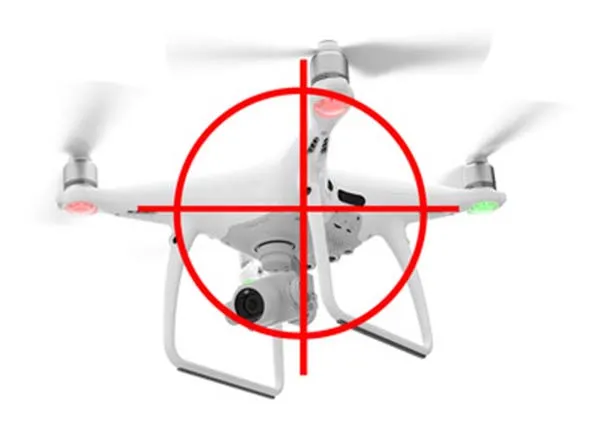How to stop a drone?
 From Mar. 2017 news, US ally used Patriot missile worth USD 3M to shoot down $200 drone from Amazon. However, it really cost too much $ 3.4 million to take out a drone. Any other anti-drones solution? The answer is yes, and it's very cost-effective
From Mar. 2017 news, US ally used Patriot missile worth USD 3M to shoot down $200 drone from Amazon. However, it really cost too much $ 3.4 million to take out a drone. Any other anti-drones solution? The answer is yes, and it's very cost-effective
The Russian army has established a ground-based unit specializing in defeating enemy drones. The unit—the first of its kind in Russia—operates electronic jamming systems that, in theory, can sever the radio connections between unmanned aerial vehicles and their operators.
Russian-made drone jammer reportedly have been successful in forcing down drones in the recent past. But that doesn't mean America's huge fleet of military UAVs is defenseless. America also has the ability to counter drones.
Principles and methodsof jamming drone
Drones are controlled by radio frequency in a certain frequency range and GPS blocker for an autopilot. One anti-drones solution is using Drone Jammer to block control signals with radio signal. The other solution is hijacking mid-flight drones via GPS or control frequency by sending a spoof signal.
Perfectjammer Co., Ltd. offers the anti-drones solution. The drones signal jammer works by interfering drone’s radio frequency, disrupt the communication system between the drones and pilots, making it think it is out of range. The Anti-Drone Gun does not destroy or control the drones; it just forces the drone landing or returns to its starting point. The Drone killer helps to stop unauthorized flying robots from accessing sensitive and vulnerable areas.
For a radio jammer to work, it needs to be fairly close to the signal its crew wants to disrupt. The Avtobaza, for one, can detect targets up to 93 miles away, according to Air Power Australia, an independent think tank specializing in military electronic systems. Jamming requires more power than detecting does, so the range at which the Avtobaza can disrupt a drone is certainly shorter than 90 miles.
That's why Russia's jammers, and the new counter-drone "special forces" that operate them, don't necessarily pose an existential risk to the US military's UAVs. The Russian drone-hunters could struggle to pinpoint targets. "It would seem to be hard to do unless you knew where they were going to be and when," one former US drone-developer explained on condition of anonymity.


